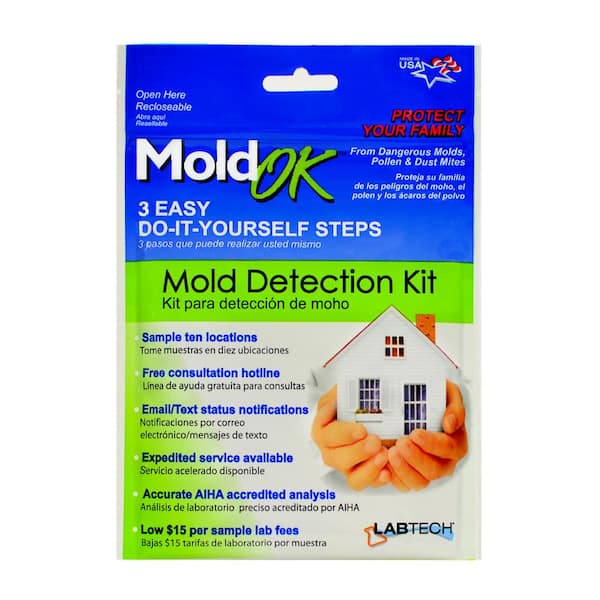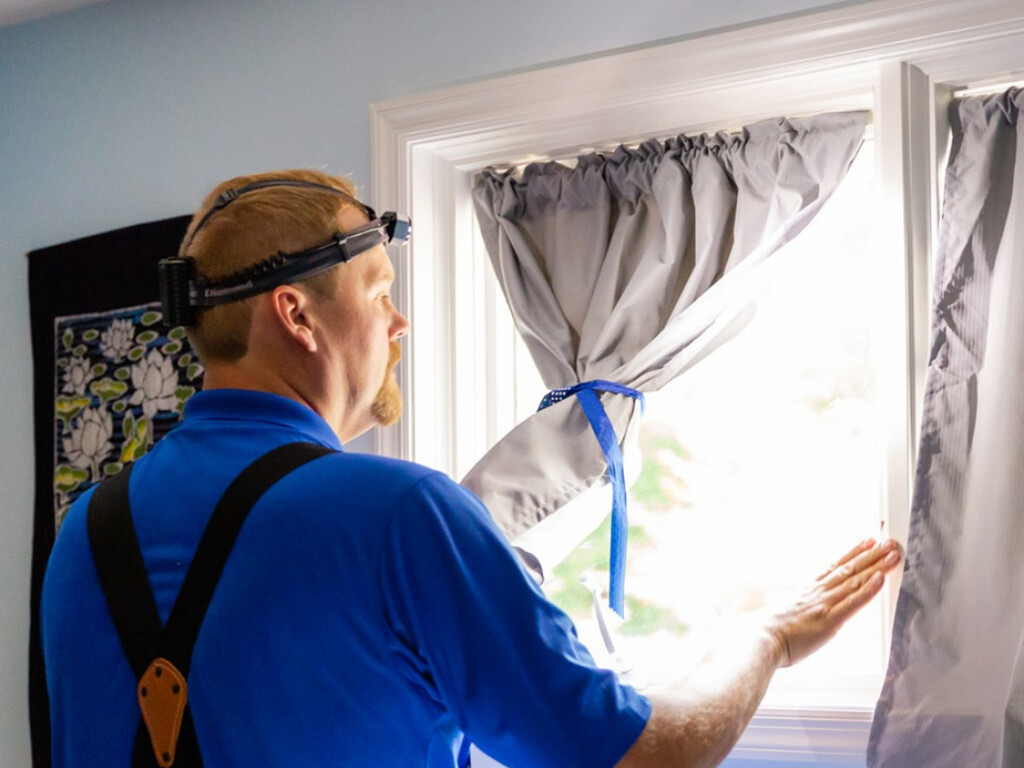Ensuring Compliance With Rules: the Duty of Mycotoxin Testing in Quality Assurance
Making sure conformity with rigid laws is paramount for maintaining food safety and security, and the duty of mycotoxin screening in quality assurance can not be overstated. Mycotoxins, toxic substances generated by particular mold and mildews, position significant wellness dangers, making their detection essential in food manufacturing. Adherence to regulative standards, such as those established by the FDA and EU, requires durable screening methods and modern technologies to recognize and measure these pollutants. By executing extensive testing procedures, business can prevent potential wellness crises, stay clear of expensive recalls, and keep consumer trust. The intricacies of these testing procedures raise crucial questions regarding their performance and effectiveness.
Comprehending Mycotoxins
Recognizing mycotoxins is essential to making sure the high quality and safety of farming products. The most notorious mycotoxins consist of aflatoxins, fumonisins, ochratoxins, and trichothecenes, each associated with specific ecological conditions and fungal types.
The presence of mycotoxins in food products can lead to severe and chronic health concerns, consisting of liver damage, immune suppression, and carcinogenic impacts. By recognizing the sources, types, and impacts of mycotoxins, stakeholders in the farming field can better execute preventative procedures and minimize risks, making certain safer usage for end-users.
Governing Standards for Mycotoxins
Having actually established a foundational understanding of mycotoxins and their influence on food safety and security, it is imperative to evaluate the regulative requirements regulating their existence in farming items. Regulative requirements for mycotoxins are necessary due to the fact that they specify permitted restrictions, making certain food safety and security and protecting public health. Numerous global and nationwide companies have set these restrictions based upon comprehensive risk assessments.
The Codex Alimentarius Payment, a global body developed by the FAO and that, supplies guidelines and maximum allowable levels for various mycotoxins in food and feed. The Codex has set limitations for aflatoxins in peanuts, maize, and dried out figs, amongst other assets. These criteria are usually taken on or adapted by individual nations to fit their particular needs.
In the European Union, Law (EC) No 1881/2006 states maximum degrees for a number of mycotoxins, such as aflatoxins, ochratoxin A, and deoxynivalenol, in various food items. Likewise, the United State Food and Medication Administration (FDA) has actually established activity levels for mycotoxins like aflatoxins in commodities such as grains and nuts.
Adherence to these regulatory requirements is important for maintaining market accessibility, customer count on, and public health. Non-compliance can bring about significant economic losses and wellness threats, underscoring the value of rigid mycotoxin testing methods.
Testing Approaches and Technologies

ELISA is extensively appreciated for its economical and Bonuses rapid screening capacities, making it suitable for high-throughput environments. It relies upon antibodies to discover specific mycotoxins, providing cause a relatively brief time frame. Nevertheless, its sensitivity may be restricted compared to extra sophisticated strategies.
HPLC, on the other hand, succeeds in providing quantitative evaluation with high accuracy and precision. It divides complex blends right into private elements, making it highly efficient for recognizing and quantifying several mycotoxins at the same time - Mycotoxin testing Services. This strategy, while more resource-intensive and lengthy than ELISA, supplies a higher degree of integrity

LC-MS represents the pinnacle of analytical uniqueness and sensitivity. Integrating the separation power of liquid chromatography with the detection capacities of mass spectrometry, LC-MS can find even trace levels of mycotoxins. This technique is crucial for validating the visibility of mycotoxins in forensic and regulative contexts, making sure compliance with stringent safety and security criteria.
Applying Checking Procedures

Integrating these innovative screening approaches into an extensive top quality control framework necessitates a well-structured method to carrying out screening methods. To attain this, organizations should first carry out a thorough risk evaluation to determine prospective mycotoxin contamination factors within the supply chain. This analysis educates the growth of a tailored testing method that resolves particular vulnerabilities.
Following, establishing standard tasting treatments is crucial. Consistent sampling ensures that test outcomes are reliable and rep of the whole set (Mycotoxin testing Services). Sticking to standards from regulative bodies, such as the FDA or EFSA, aids maintain conformity and boosts the reputation of the screening procedure
Educating workers is one more crucial part. Team has to be proficient in both sample collection and the procedure of screening devices. Normal training sessions and accreditation programs can guarantee that staff member stay updated with the most recent strategies and regulative modifications.
Benefits of Mycotoxin Checking
Mycotoxin testing offers countless benefits that considerably enhance the safety and top quality of food and feed products. Largely, it functions as an important control step to avoid infected goods from getting to the consumer market, therefore securing public health. By recognizing and quantifying mycotoxins such as aflatoxins, fumonisins, and ochratoxins, manufacturers can make sure that their items satisfy stringent regulative standards, therefore avoiding prospective lawful consequences and linked prices.
Furthermore, mycotoxin testing adds to the economic stability of food and feed industries by decreasing the danger of large product remembers. The ability to here are the findings spot and isolate contaminated batches early in the manufacturing process reduces waste and protects against the economic losses connected with damaged brand online check this reputation. It cultivates consumer trust and commitment, as consumers are significantly aware of food safety issues and demand higher high quality requirements.
The application of routine mycotoxin testing likewise promotes finest methods within agricultural and production fields. By sticking to strenuous screening methods, firms can enhance their high quality control procedures, improve operational efficiency, and ensure the consistent manufacturing of secure, high-quality products. In verdict, the advantages of mycotoxin screening are complex, adding to public health and wellness, economic stability, and sector honesty.
Verdict
Mycotoxin screening is important in ensuring compliance with regulative criteria, thereby preserving food security and top quality control. Thus, mycotoxin testing stays a crucial component of modern food safety management systems.
Making sure conformity with rigorous regulations is critical for preserving food security, and the function of mycotoxin screening in top quality control can not be overemphasized.In the world of mycotoxin screening, progressed approaches and technologies are pivotal in guaranteeing food security and regulative compliance.Mycotoxin testing provides various benefits that considerably improve the security and high quality of food and feed products.Mycotoxin testing is important in making sure conformity with regulative standards, thus maintaining food safety and top quality control. Thus, mycotoxin screening continues to be an indispensable part of modern-day food safety and security administration systems.
Comments on “Comprehensive Solutions for Your Mycotoxin testing Services Demands”